Rock climbers work to ensure safe climbing for all
By Korea HeraldPublished : July 16, 2013 - 20:39
Led by a mutual passion for rock climbing, a new sponsorship agreement between Korea on the Rocks Initiatives (KOTRi) and Mammut will help keep the sport sustainable and safe in Korea.
Climbing Korea’s granite peaks continues to be a popular sport, with clubs offering training to like-minded people. But it comes with safety and maintenance issues.
The deal with Mammut, a Swiss sporting goods brand, will boost funding and resources for KOTRI’s new and existing projects that are geared toward keeping climbing and climbing areas safe and sustainable.
Climbing Korea’s granite peaks continues to be a popular sport, with clubs offering training to like-minded people. But it comes with safety and maintenance issues.
The deal with Mammut, a Swiss sporting goods brand, will boost funding and resources for KOTRI’s new and existing projects that are geared toward keeping climbing and climbing areas safe and sustainable.
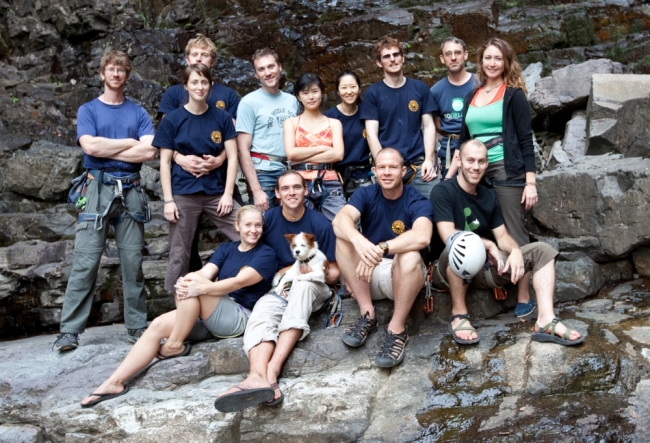
“Mammut’s sponsorship allows us to pursue programs and ideas we simply couldn’t have afforded previously, such as large-scale re-bolting projects and the continuation of an endowment fund for climbing casualties,” explained KOTRi representative Les Timmermans.
Climbing areas are usually within national parks and provincial parks, or on privately owned land, which means that climbers must leave as little trace of their activities as possible. Depending on the number of climbers, this is difficult in certain areas and some environmental impact is inevitable.
Aside from the environmental impact, there is also the issue of maintaining the equipment on the sites.
Re-bolting and replacing anchors in popular climbing areas across Korea, such as Munsusan near Ulsan and Yongso Pokpo near Jirisan National Park, is KOTRi’s primary focus. Up to four projects are carried out at a time with local climbing clubs that request support in the form of materials and volunteers.
Apart from access, climbing also presents dangers. When accidents happen, they place a financial burden on accident victims in recovery, and new initiatives include a 2 million won ($1,800) assistance fund to support injured climbers and deceased climbers’ families.
An annual community development project of 5 million won will also be given to climbers who propose and undertake unique and adventurous expeditions.
KOTRi was founded by Bryan Hylenski in 2010 as a nonprofit organization and aims to bring together the local South Korean and expat rock climbing communities.
“We want to ensure that South Korea remains an excellent place for all climbers to enjoy their adventures,” said Timmermans.
With more than 75 active members and 400 foreign climbers attending their events, the organization has worked with more than a dozen different Korean climbing clubs to restore and maintain the peninsula’s climbing areas.
The group took a step forward with the Bueongsae rock climbing area near Miryang in North Gyeongsang Province.
In 2008, the area was denied public entrance due to mistreatment by a small group of rock climbers and local visitors.
Hylenski considered this a significant loss to Korean rock climbing and he and KOTRi negotiated the successful reopening of Bueongsae in July 2012 after repair work to safety equipment on the site, agreement on climbing rules there and other clean-up work.
KOTRi is now working on an initiative in the area with local climbing crew Busan Climbers that includes the replacement of rock climbing hardware, general ground maintenance and the construction of a new bathroom.
Within KOTRi, Korean climbers also get to mix with expats during projects and events.
Timmermans said that language barriers had led the two groups to develop a lot of misconceptions in the past. Now, they are working toward a shared purpose.
“As foreigners living beyond the short term in Korea, it’s important to us to help make a difference where we live. Through KOTRi, we are combining this with our great passion to climb.”
By Astha Rajvanshi (astha.raj06@gmail.com)
-
Articles by Korea Herald


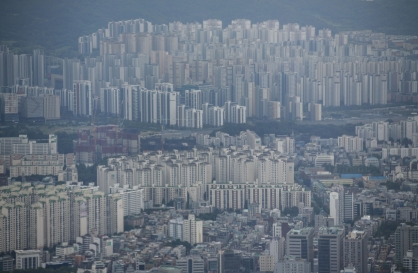
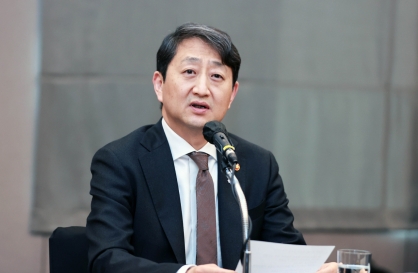
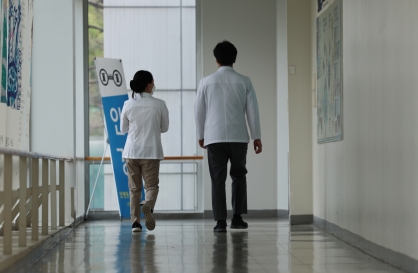
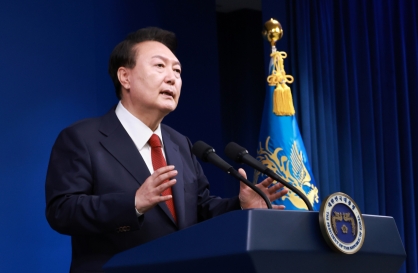
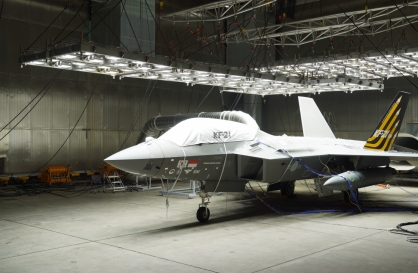
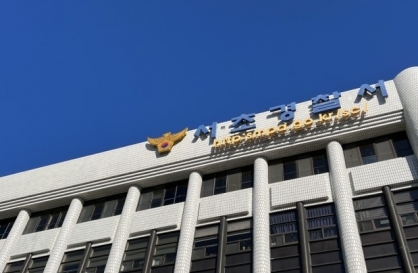
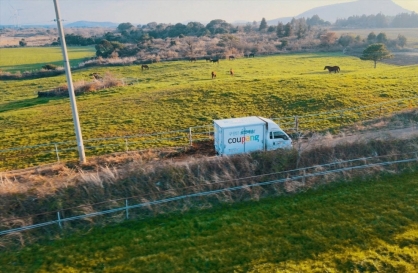
![[K-pop’s dilemma] Time, profit pressures work against originality](http://res.heraldm.com/phpwas/restmb_idxmake.php?idx=644&simg=/content/image/2024/05/08/20240508050705_0.jpg&u=20240508171126)

![[K-pop's dilemma] Is Hybe-Ador conflict a case of growing pains?](http://res.heraldm.com/phpwas/restmb_idxmake.php?idx=644&simg=/content/image/2024/05/07/20240507050746_0.jpg&u=)




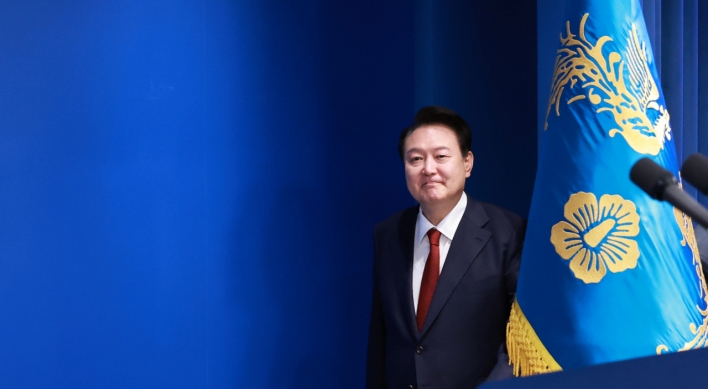
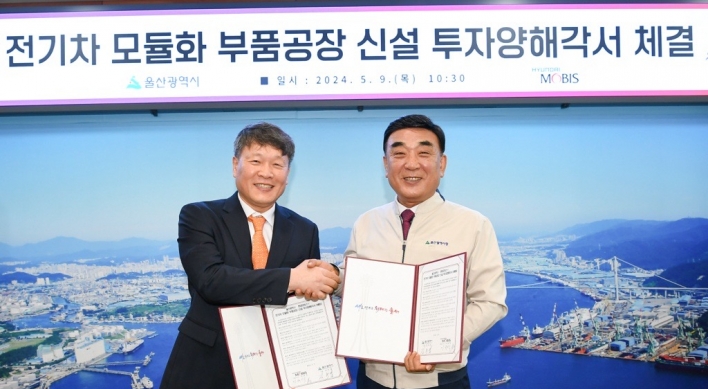
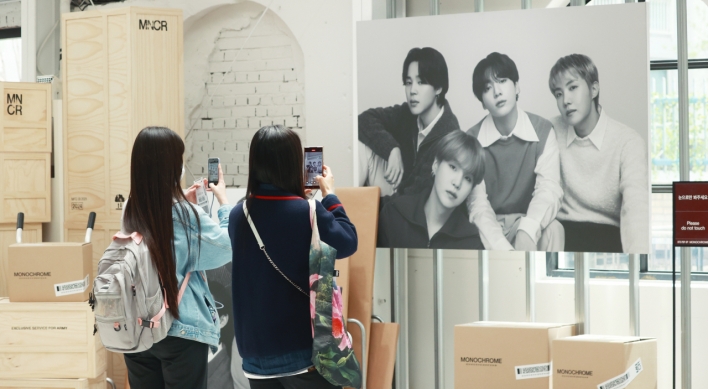
![[Today’s K-pop] Stray Kids to drop new album in July: report](http://res.heraldm.com/phpwas/restmb_idxmake.php?idx=642&simg=/content/image/2024/05/09/20240509050659_0.jpg&u=)